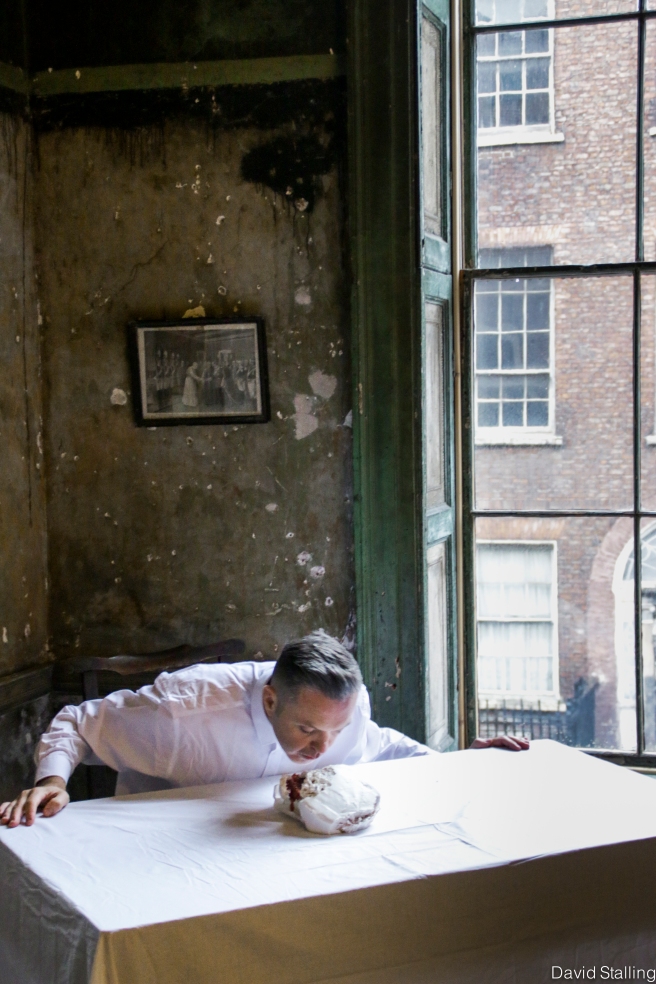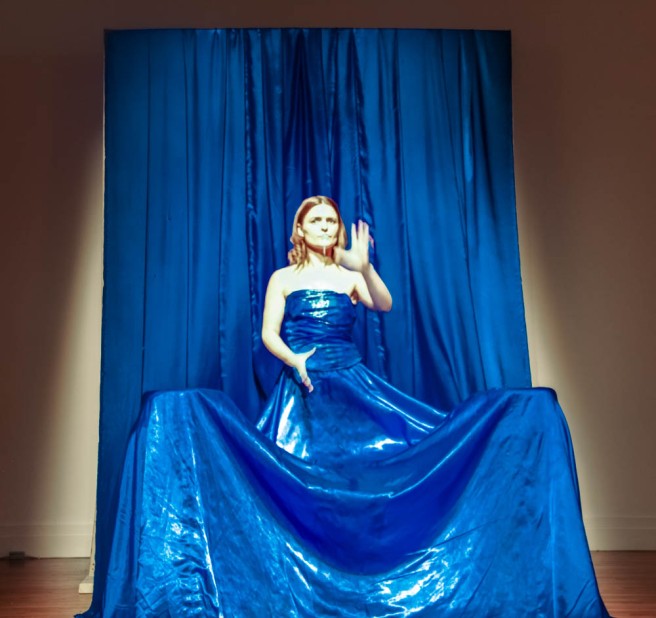In fairy-tales, and in the work of Kafka, we encounter helpers or assistants who offer clues to the protagonist on their journey. Walter Benjamin claimed that these assistants are easily forgotten but they linger on as hazy figures that we know are important in some way. They represent a complementary world, a world beyond language. Assistants are often tricksters who can laze away time without guilt. They are dreamers whose ambitious plans never seem to reach fruition like friends we know, our maybe ourselves. But only because the journey is not seen as valuable, only the happy ending which of course is never achieved in Kafka’s world. We ignore the assistants at our peril because they represent our unfulfilled desires and are the hoarders of our fears. They translate back to us, in gestures and offerings, all that we seek to forget. But if we forget then we are in danger of losing ourselves along the way.
12 Henrietta Street on Friday 8th May. A cold and wet summer’s day with a sky grey as pewter. People file in through the front door and all conversation hushes as if entering a chapel. This is a Georgian building, once home to the wealthy, then a tenement, then derelict. Now a home for the arts, and photo shoots, and for today it hosts Influence @ Livestock.
A woman upstairs, naked save for black boots and two saddlebags of water. People follow her, silent, watching. She ignores them, shameless, absorbed. The naked woman sits in front of the fire, hugging a huge glass jar like it’s her lover. She drinks from a tube that supplies her with water from her saddlebags, then spits and retches into her jar. It’s painful to watch. I want to comfort her but her self-containment refuses help. The jar, a glass stomach, fills up slowly with fluids, some essence of her.

Photograph by David Stalling
In the same drawing-room, before a window, half of a boat rests on a plinth. A man rows towards the window but never makes any progress. He oars steadily, eyes fixed on some other world invisible to us.
Spit of fire in the grate. The audience stands along the walls and in doorways translating strange gestures into personal meaning.
A baby dressed in black. Her mother also in black with red hair. Mother and child mirror each other, echoing sounds and gestures, an exchange on the borders of language. Identities and bodies merging and pulling apart at the same time. I, you, us. An elemental story in the making.

A girl in an apron, rocks peacefully on a chair. She stands and mashes potatoes in a pot. She is barefoot, smiling, and wants to tell us a story about a mother who could not bear to feed her family anymore. A woman who slowly disappeared from her family and herself.
A bell rings somewhere. A woman draped in a white sheet descends the stairs, a statue come to life. Her mouth moves, soundlessly. She disrobes until she is half naked. Spreads her white sheet out on the floor and rubs at invisible strains on the cloth, her arse cocked in the air. Like an Irish caganer, a profanation of the po-faced, sacred spaces that censor and silence.
And the man in the window rows without pause towards the darkening window.
I wander through the house, trying to make sense of gestures that challenge logic.
At the foot of the stairs, in the twilit hallway, a woman in a long black dress, her face wrapped in a sheer black veil. She holds tiny egg-shaped pebbles in her hands. As people pass her, she offers them as talismans for their journey. She ascends the stairs, dropping pebbles that clatter down the stairs, heavy with sorrow because they have been refused.
Upstairs, a man in a white shirt and no trousers sits before a cake, a bottle of red wine at his elbow. A feast for one, a sacramental gluttony. At intervals he eats and drinks, belches loudly. He finishes his feast by smashing his face into the cake. He climbs onto the table and gathers the white tablecloth around his head, a heavy shroud. Then he is on his hands and knees, crawling on the floor, the tablecloth hiding his shame. He crawls, groaning and sighing his remorse, a warning to all of us.

The front door opens. A woman in a short white dress with a crown of thorns between her thighs enters the hallway. She can barely walk but no one assists her. The crown has scratched her thighs red raw because she has shuffled all the way from the High Court, in allegiance with the women who had their pubic bones sawn in half by Catholicism. She goes to the fire, looking for warmth and love in a loveless state.
Bare feet dance on bare floorboards. A flame-haired woman in a long white dress dances to silent music. She uncovers a marble bust and tries to love it back to life. Her body dips and arches as if dancing against her own will. Finally she breaks free but all that she can do is dance to her own heartbreak.
A woman at the very top of the stairs shows only women pornographic film clips, like a cheeky friend at school. She assists you by holding your hand as you realise that she is showing you the neglected spaces between female desires and the male gaze.
It’s dark now, and cold in the house. The fires are almost burned out. A woman with grey hair, dressed in black trousers, polishes a tray on the stairs. Places a pair of black boots on the tray, carries them downstairs. She is busy polishing boots and sweeping the stairs, cleaning up. Someone has to clear up the mess after the assistants, after us.
The rower stops rowing but there is no way to tell if he has reached his desired destination.
Livestock: Influence was curated by John Conway. It took place at 12 Henrietta Street on 8 May 2015. Participating artists included: Sandra Breathnach, Mairead Delaney, Francis Fay, Liadian Herriott, Josh Joyce, Eleanor Lawlor, Katherine Nolan, Áine O’Hare, EL Putnam, Lynda Phelan, and Hilary Williams.



